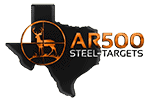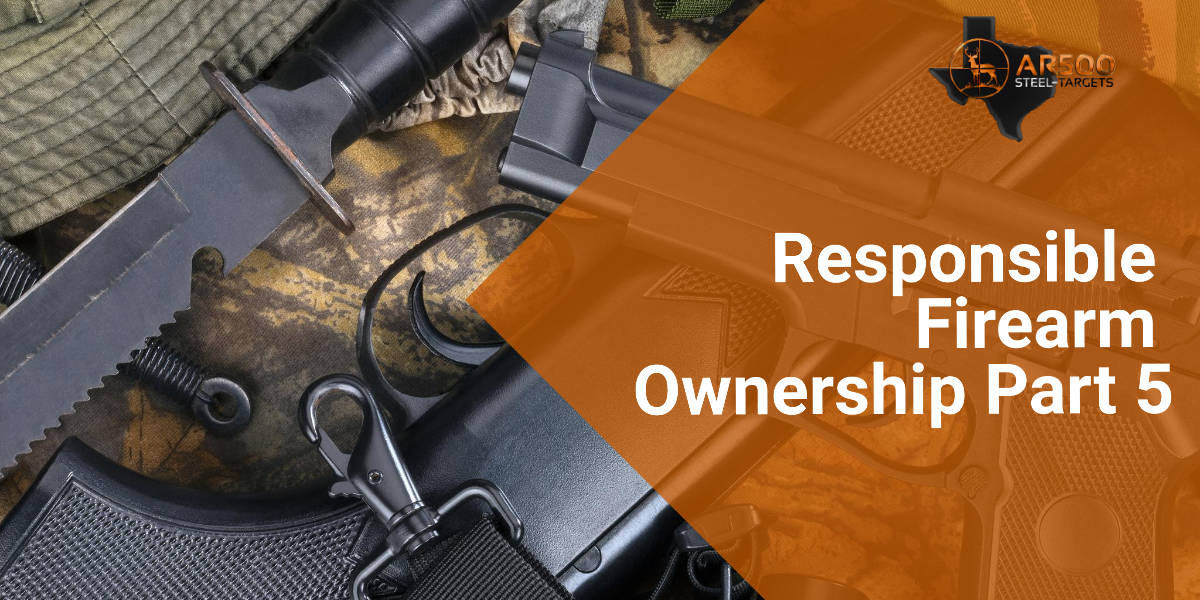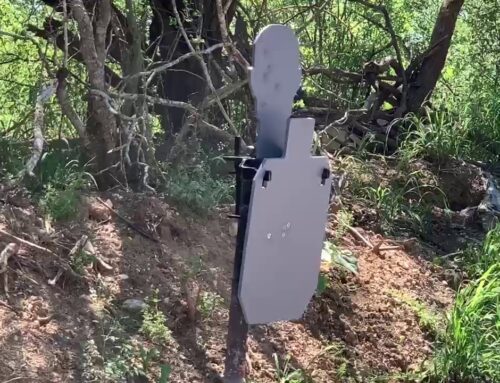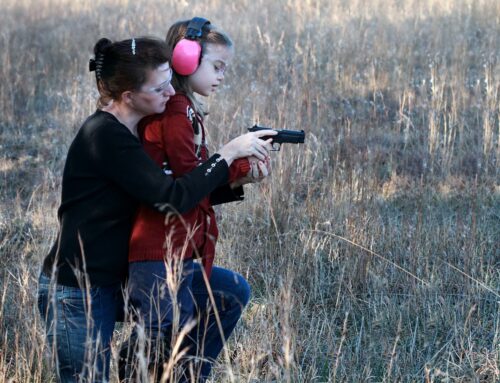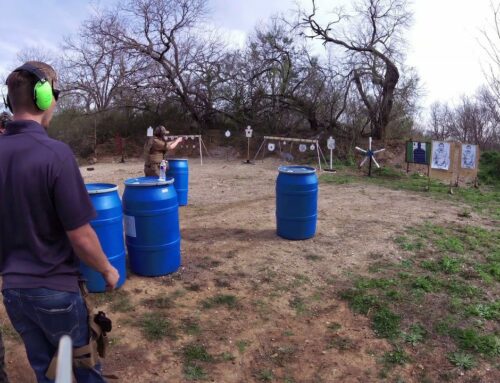Equipment
We’ve now come to the final “step” to achieving firearm safety in the home: utilizing the available equipment to properly store and transport your firearm.
Short Term Storage and Transport
You have several options for securing your firearm in the short term and during transportation. Keep in mind that every state has varying laws, so please consult them prior to transporting your firearms. All the solutions listed below have lockable options which increases the protection they offer.
Trigger Lock/Cable Lock
This is a device that can be used on almost every firearm. It keeps the trigger from being pulled, meaning the weapon can’t be fired while active. Most come with a key or combination, but some new models are biometric. They’re easy to use, and typically fast to put on and take off.
Lockable Soft Case
These are lockable and have soft sides with padding to keep your firearm from getting scratched.
Lockable Hard Case
These have a hard, plastic shell with foam inside to protect your firearm. Several are made to be waterproof and dustproof. While not designed for long-term storage of your firearm, they are great for transporting it. Many can be made “TSA Compliant” for air travel because they allow for double locks.
Long-Term Storage/Added Security
There are three primary options when it comes to long-term storage of your firearm – all of which allow you to safely store your firearm at home.
Firearm Vaults
Firearm vaults are close in size to most hard cases and offer similar protection and padding to your firearm. However, they’re normally made of a stronger material than the plastic found on hard cases. They’re heavier, more secure, and some come with biometric options for “quick draw” situations. Many can be mounted to walls or nightstands.
Firearm Cabinets
Firearm cabinets are usually made of thin metal or wood. The wooden cabinets are most often used for display to showcase multiple firearms – but are lockable. The metal firearm cabinets are lockable, and depending on the size, can accommodate multiple rifles, pistols, and ammunition. However, they aren’t usually fireproof or waterproof, and only act as a deterrent since they can be broken into quickly.
Firearm Safes
Firearm safes are self-explanatory; they’re usually large, heavy, fireproof, and sometimes airtight. They offer thick metal construction, and some even have concrete cores. They offer the most protection and safety for your firearm. But they’re usually the most expensive storage option and take up the most space. They’re hard to move – which is part of their job. They’re safe, and that’s the point.
Conclusion
As you have learned, there are many things to consider when safely storing your firearms at home. It’s about more than just equipment.
Anyone can buy a safe and toss a bunch of firearms in it (we shudder at the thought), but if they don’t practice safe firearm handling, there could possibly be an INCREASED risk of an accident. Training, practice, education, and securing your firearms, all contribute to becoming a responsible firearm owner. Knowledge is power, and it will give you the confidence to protect your loved ones while not putting them in unnecessary danger.
That’s what we want – for you to Live Confidently. Please let us know your thoughts on this series in the comments below.
